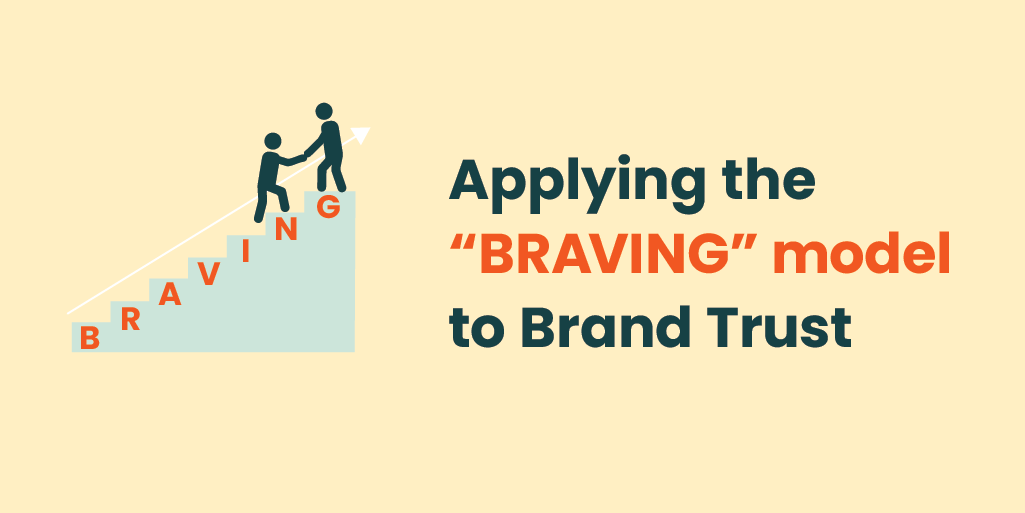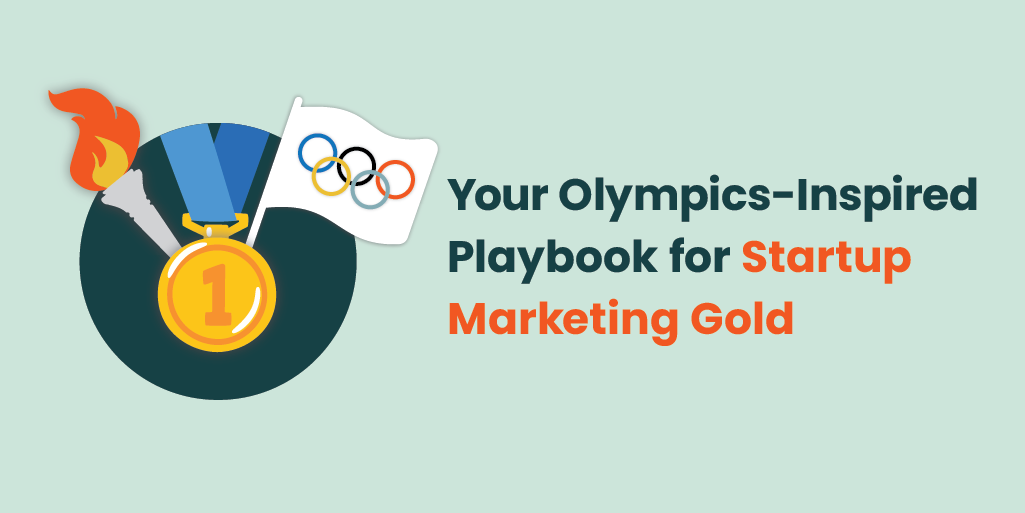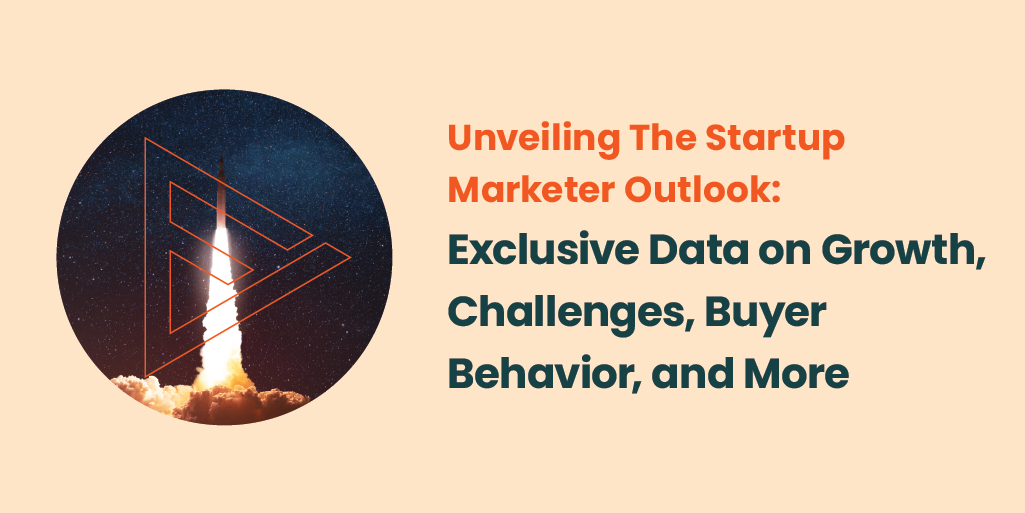In 2018, bestselling author and University of Houston research professor Dr. Brené Brown created what she calls the BRAVING inventory. It breaks down the concept of trust into seven elements – Boundaries, Reliability, Accountability, Vault, Integrity, Non-Judgment and Generosity. The model has since been used widely by organizations as a conversation guide to help people lead teams and to improve their working relationships with colleagues.
It can also represent a useful model for understanding the building blocks of trust in the relationship between a brand and the public. Let’s dig into each element, consider how it applies to external communications, and explore how communicators can leverage the BRAVING inventory to build trust in their brands.
Boundaries
“Setting boundaries is making clear what’s okay and what’s not okay, and why.”
It’s true in relationships with other humans, and it’s also true in relationships with brands – boundaries are a foundation of trust. Every brand archetype and each brand draws boundaries that convey to buyers and prospects the core value they should expect from the organization, how it views its world, and how people should expect it to act. When people make a purchase, they aren’t just buying into a product promise; they’re buying into a promise about the way the brand says it will behave and aligning themselves with its values.
In addition to the boundaries created by the core value that a company’s products and services deliver, brand boundaries also confine the topics an organization weighs in on. We expect a green tech company to discuss climate change, and might even understand why an automaker would. But we might not want to think about global warming when buying toothpaste – or then again, we might be attracted to a personal hygiene brand with a mission. Even when it comes to our favorite oral care products, we expect brands to deliver on their brand promises and stay within the boundaries they set.
Brand tone forms another group of boundaries. We expect Sage brands to deliver insight, Caregiver brands to be supportive, and Ruler brands to ensure order. If any of them forsake those roles, cross boundaries and start cracking jokes like Jester brands, we can lose trust.
There are externally defined boundaries that brands must define and respect, too, of course – geographical, political and cultural.
To maintain trust, set boundaries thoughtfully, be cautious about defying them and never redraw them to the point of exclusion of your ideal customers.
Reliability
“You do what you say you’ll do.”
The surest way to erode brand trust is for your product or service to be deemed unreliable. Just ask cybersecurity leader CrowdStrike, whose July software update created global computer outages at unprecedented scale. “The confidence we built in drips over the years was lost in buckets within hours, and it was a gut punch,” CrowdStrike CSO Shawn Henry said in a LinkedIn post. Within days, CrowdStrike stock had plummeted more than 40% from its 2024 highs. It may be years before CrowdStrike can point again to its record of reliability and uptime, which was previously pristine since its founding.
Communicators don’t cause system outages, but they can certainly affect the perception of a brand’s consistency and reliability. The second surest way to erode brand trust is by disregarding brand boundaries. Reliable people – and brands – respect the boundaries of their relationships.
In April 2023, Bud Light tried to expand its brand’s boundaries, hoping to resonate with younger, more progressive audiences. Its collaboration with transgender influencer Dylan Mulvaney on a social media promotional post was met with enormous backlash from conservative influencers, and an ensuing boycott slashed sales. The campaign, as well as Budweiser’s abrupt removal of the executives who planned the campaign and abandonment of corporate support for Mulvaney after she suffered bullying and personal attacks from public figures, resulted in lasting brand damage among buyers across the political spectrum. Bud Light, reliably the best selling light beer for years, has slipped to third in its category.
Accountability
“You own your mistakes, apologize and make amends.”
Organizations are just groups of humans, and humans are fallible. Brands are thus inevitably going to make mistakes. Taking responsibility for missteps, recognizing harms, and offering amends is the only way to resume any trustful relationship successfully after a gaffe or conflict. This may explain why as long as three years later, Bud Light sales have not recovered, and why only three weeks after CrowdStrike’s outage and apology, investment analysts are already upgrading the company’s stock.
Communicators often find themselves at odds with attorneys in crisis moments like these. Liability-focused lawyers tend to hate apologies. Customers hate deflection or silence even more. CEOs face mounting legal bills, tumbling valuations and forecasts and tough choices. To make the call, some turn to the accountants. Leader organizations turn to accountability.
Vault
“You don’t share information or experiences that are not yours to share.”
Even among good friends, a single divulged secret can undermine trust built over years of closeness. The private information we share with brands isn’t that different from what we share with confidants – nearly every secret is about love, health or money.
It’s no surprise then that cybersecurity breaches affect brand trust so profoundly. In addition to the financial loss from unanticipated downtime, when brands fail to protect privacy, they create emotional and career impacts for every buyer whose purchasing decision made their own organization vulnerable. User data and its stewardship can be a costly responsibility. Once considered an enormous source of value, increasingly, brands are thinking hard about what data they actually need and limiting the boundaries of their data collection. Don’t gather secrets you can’t keep.
But being a “vault” isn’t just about stopping data breaches – it also includes ensuring the discretion of brand communicators. Sometimes PR folks can make mistakes not by exposing bad news, but by sharing things that customers are actually quietly proud of. Releasing news prematurely or divulging the pathway to a customer’s competitive advantage can violate trust just as easily as exposing their missteps. This is why it’s important to make sure every customer quote, case study, number and date are verified and approved for public release.
Integrity
“Choosing courage over comfort; choosing what’s right over what’s fun, fast, or easy; and practicing your values, not just professing them.”
A brand can be reliable but still face perception challenges when it comes to integrity. Amazon, Nestlé and Coca-Cola for example, are known for consistency, marketing innovation and customer satisfaction. They’re also among a group of companies whose ethics are often publicly scrutinized and get plenty of negative attention when it comes to their treatment of workers, exploitation of underdeveloped markets, or their environmental policies. The dissonance between their friendly brands and stories of unsavory practices continually creates challenges for these companies.
Integrity was also a central concern as OpenAI leaders sought to oust Sam Altman from the company in response to a widening gulf between OpenAI’s practices and its espoused commitment to AI safety. OpenAI has arguably spent the last year since distancing itself from those earlier commitments. With trust in OpenAI’s approach in question, it now finds itself expanding its lobbying team to protect its interests as conversations intensify around government regulation.
Non-judgment
“We can talk about how we feel without judgment.”
When Dr. Brown talks about non-judgment in relationships, she says that to be trusted, people must allow others to “be in struggle and ask for help without being judged.” This might be intuitive for a dentist, or a doctor – that to make sure a person heals, they can’t ever make the patient feel bad about their malady. It may be less obvious, but the same is true for startups and their customers – their offerings solve tricky problems for people.
The existence of a solution is a double-edged sword: yes, it means the problem can be solved, which is great news. But it also means every buyer realizes at some point that they could have solved the problem earlier – which can make some people feel bad. The best sales professionals, marketers and communicators make certain their prospects and customers never feel negatively judged.
It takes a lot of customer value delivered over an extended amount of time to make non-judgment a two-way street, but when brands are reliable and demonstrate integrity, the trust they accrue over time can help them preserve their reputation and retain their customers in the aftermath of honest mistakes.
Generosity
“Extending the most generous interpretation to the intentions, words, and actions of others”
It’s true that generosity in the form of philanthropy often improves public perception around a brand, and can even engender trust. But we’re not talking about financial generosity here – we’re talking about communicators remembering to be generous in assumptions about customers and other audiences.
Chinese philosopher and Taoism founder Lao Tzu wrote in Tao Te Ching, “He who does not trust enough will not be trusted.” Brands can absolutely apply this insight to their sales funnels and customer lifecycles. Be generous in tone, with information, and even with your product.
An example in the tech startup world is the freemium model for B2B software. Software companies provide valuable but basic features or a limited number of concurrent licenses to users at no cost, and then charge for more seats or advanced features. They run the risk that some users will find workarounds that allow their organizations to get 100% of the value they need for free. But they also make the assumption that a high proportion of the users will be happy to purchase more – and they are quite often correct. Even those who don’t pay for premium features tend to tell others about the outsized value they get from the brand. Generosity is rewarded.
Leading with generosity in communications can also disarm those who might otherwise begin to see themselves as adversaries, as when managing customer dissatisfaction spilling into social media channels. Communicators are more successful in diffusing potential crises by operating under the assumption that a vociferously unhappy customer isn’t necessarily out to damage reputation, but instead simply expressing real world and perhaps even understandable frustration. Often, a single human-to-human, empathetic conversation can quickly diffuse a potentially embarrassing public incident. Generously resolving an outspoken customer’s problem, even at some cost to the business, can turn one-time critics into brand evangelists.
Conclusion
In all, the BRAVING model offers a tidy framework for understanding and fostering trust between a brand and its audience. By focusing on Boundaries, Reliability, Accountability, Vault, Integrity, Non-judgment, and Generosity, brands can cultivate a trustworthy image and build deeper connections with their customers. Each element highlights critical areas where communicators can apply thoughtful strategies to ensure their brand remains reliable, ethical, and empathetic. Leveraging the BRAVING inventory not only helps to maintain customer loyalty but can also enhance the overall perception of the brand, creating a superior environment for communications.
About the Author
Ian Lipner is a senior communications leader with deep experience in B2B and B2G tech. A SVP at Firebrand, Ian is focused on strategy, messaging and positioning, and media and content strategy.




